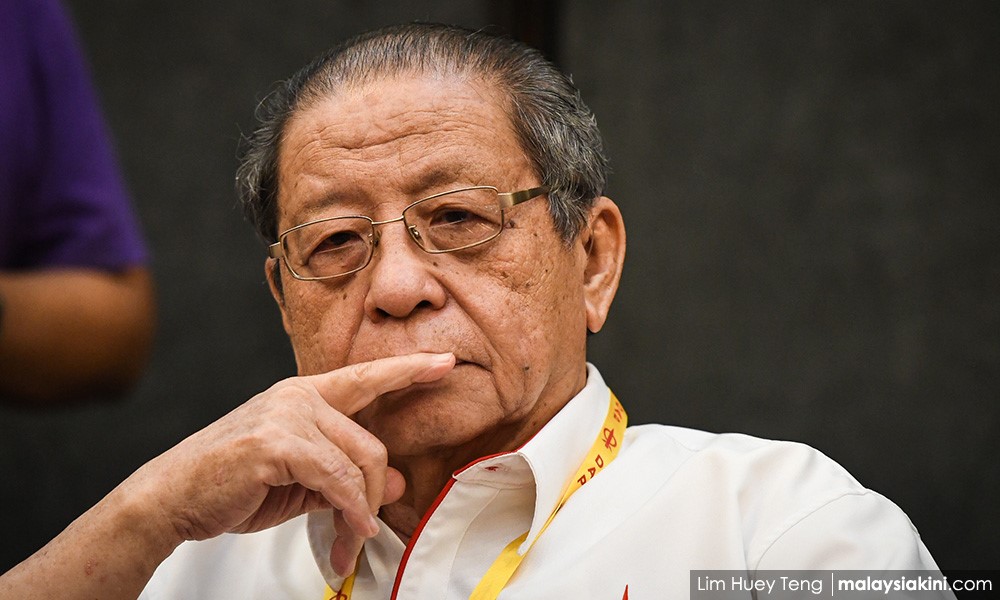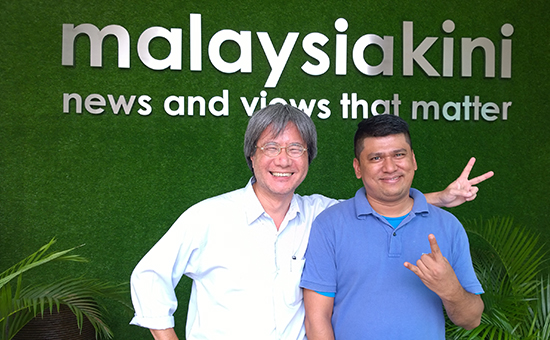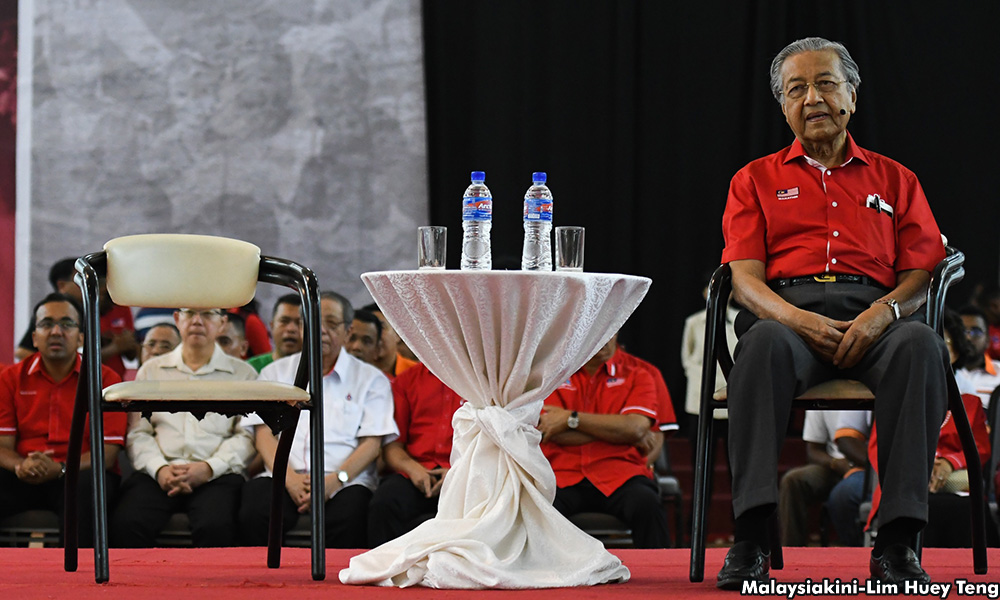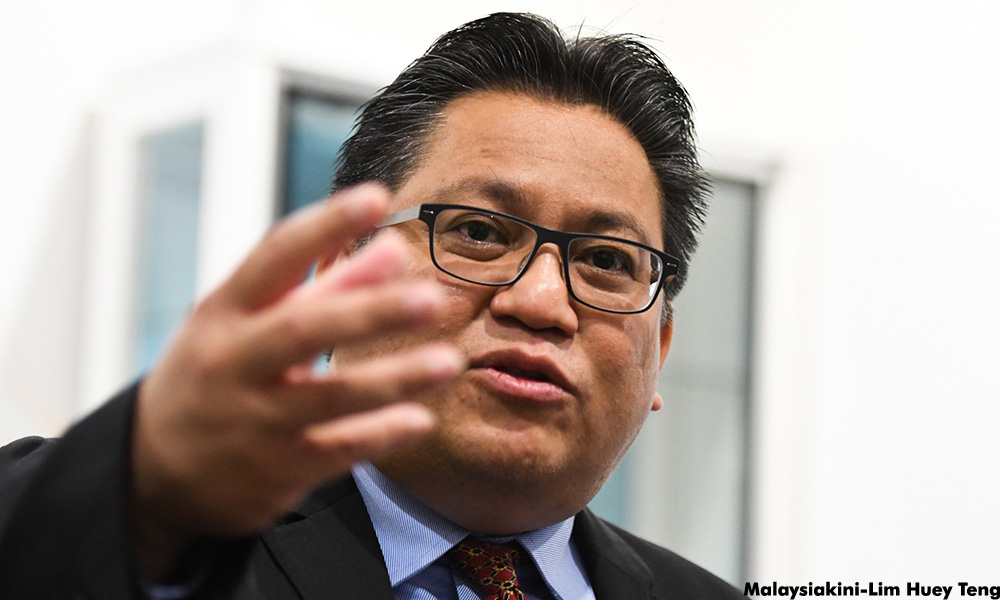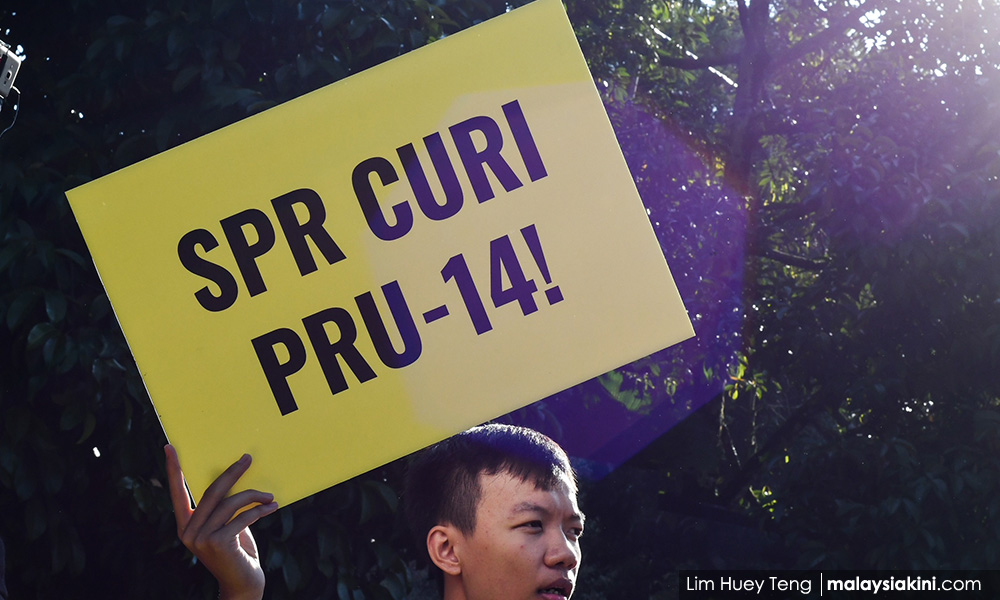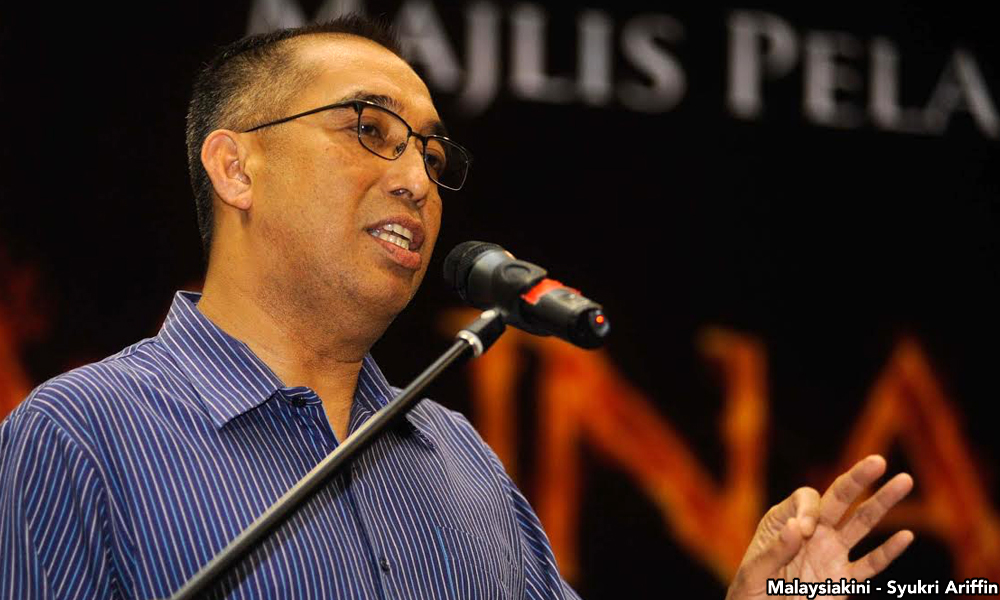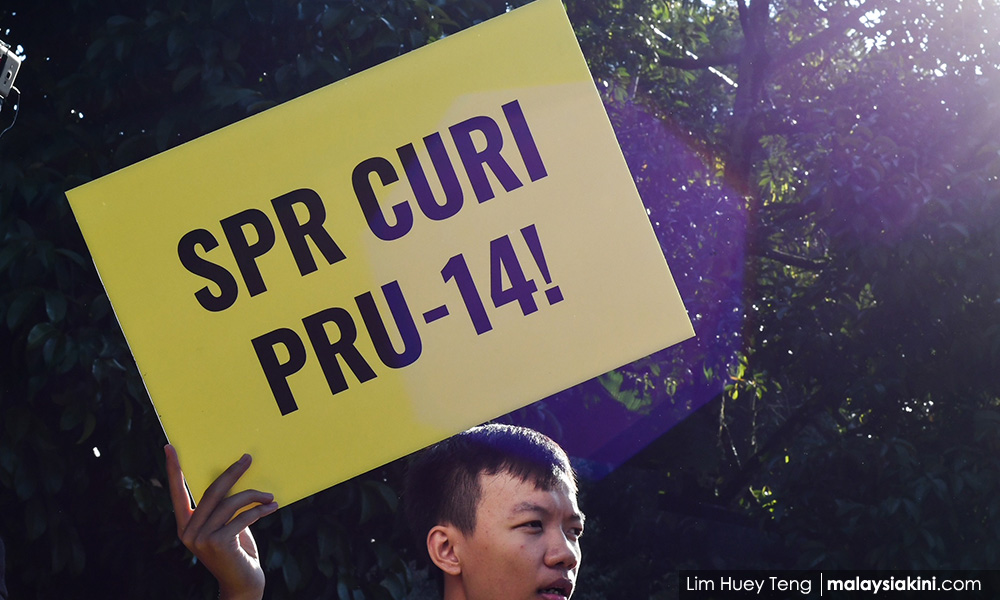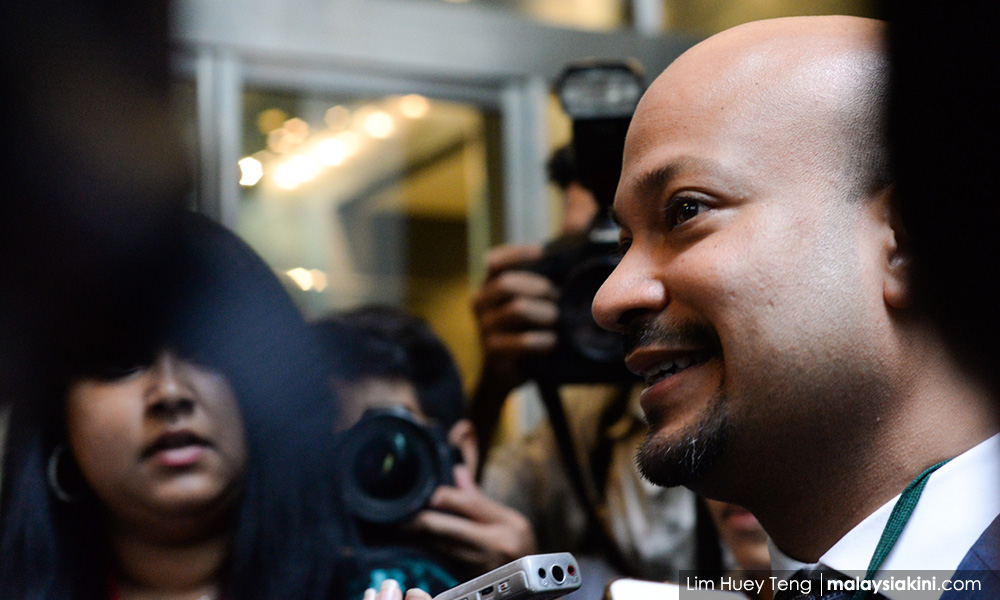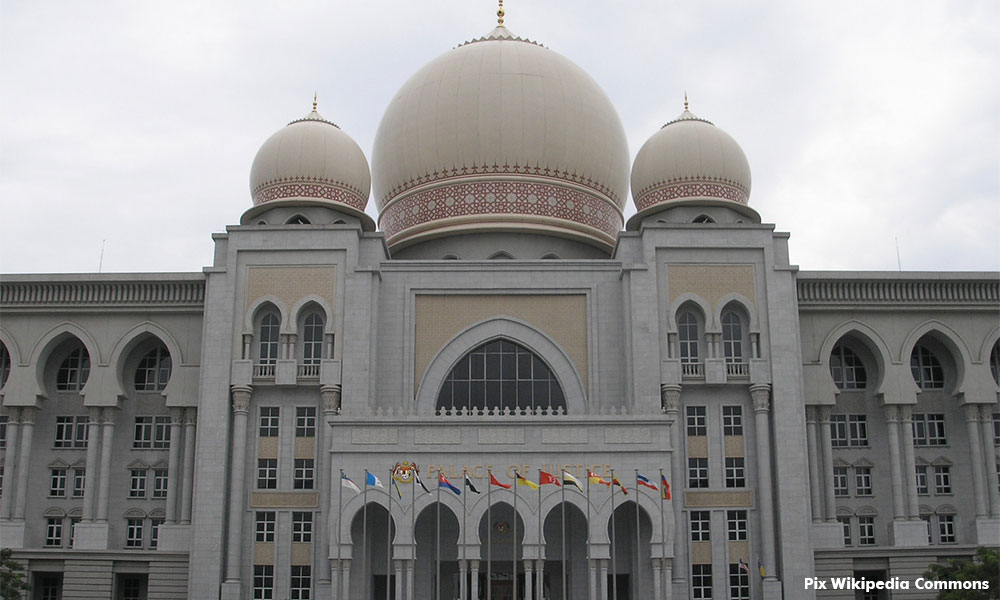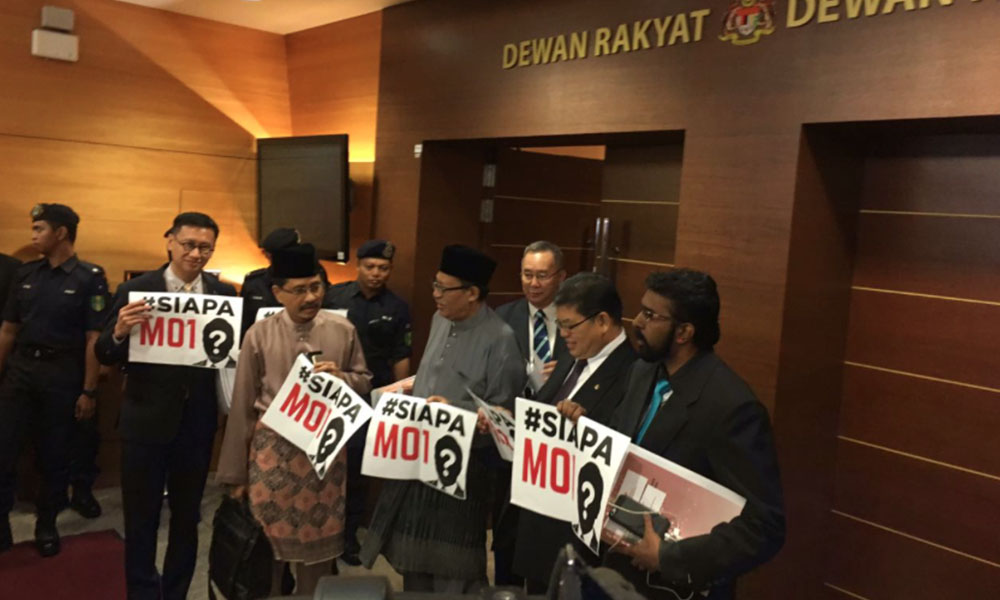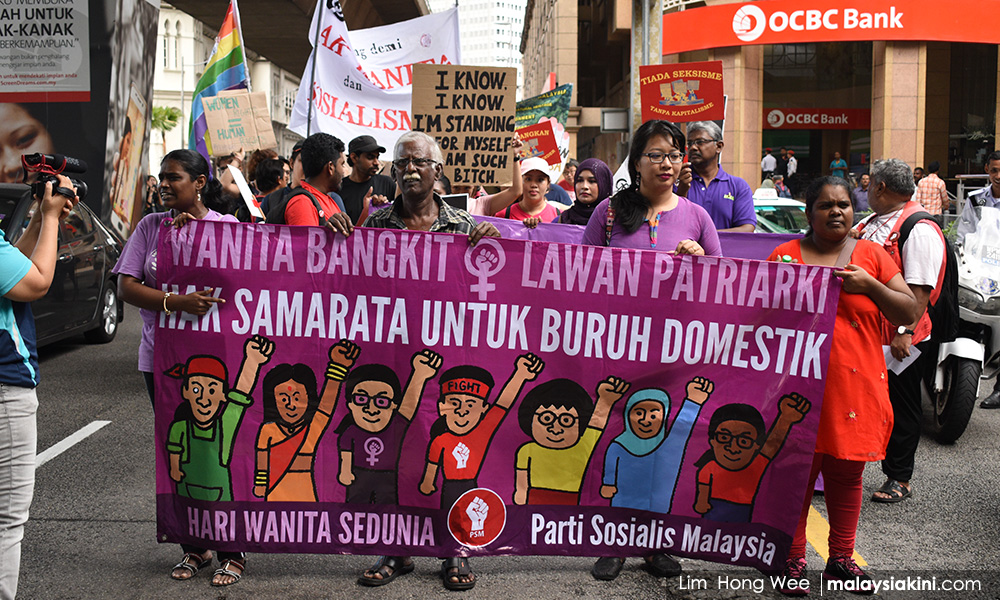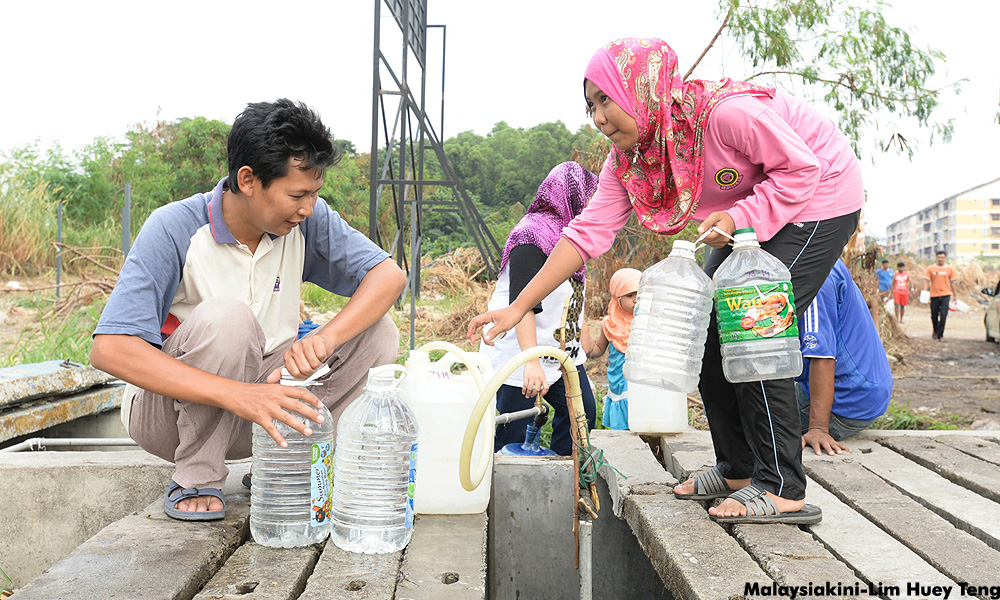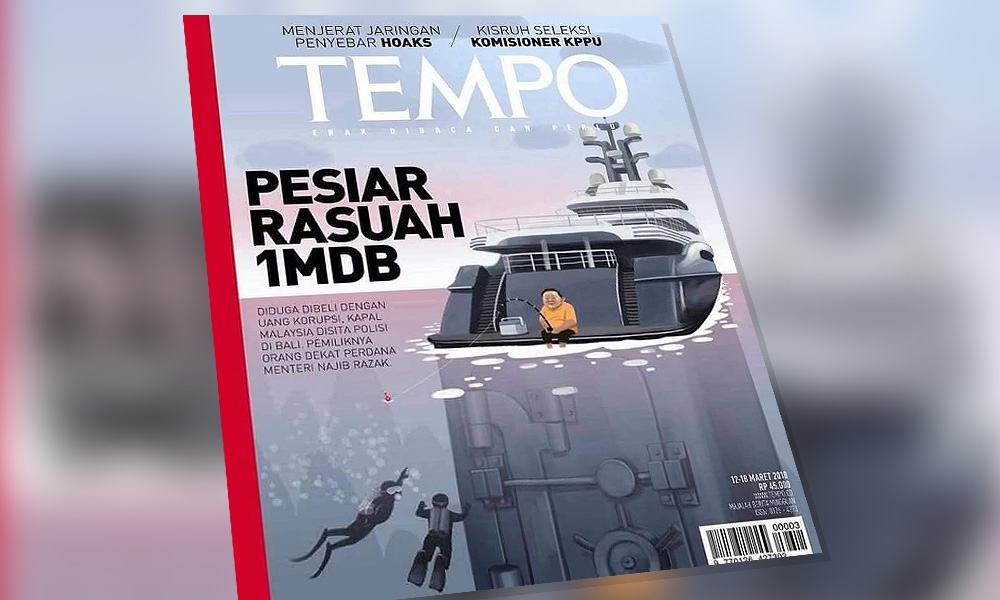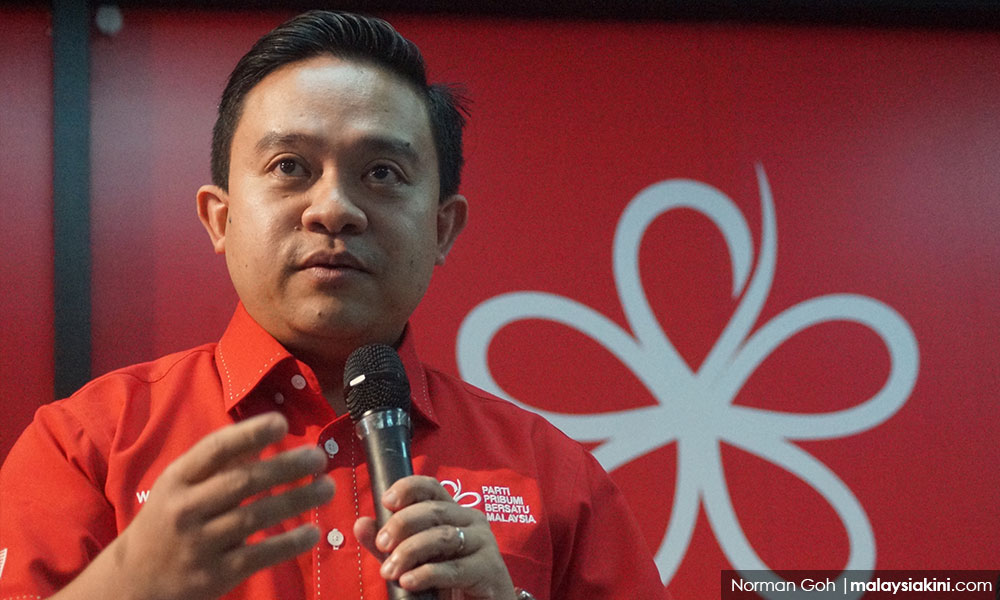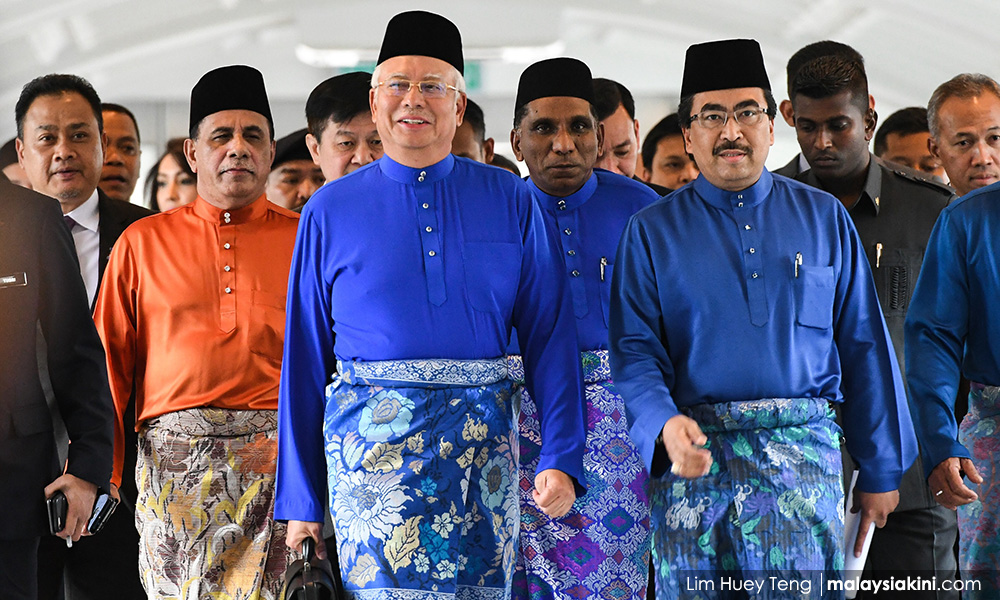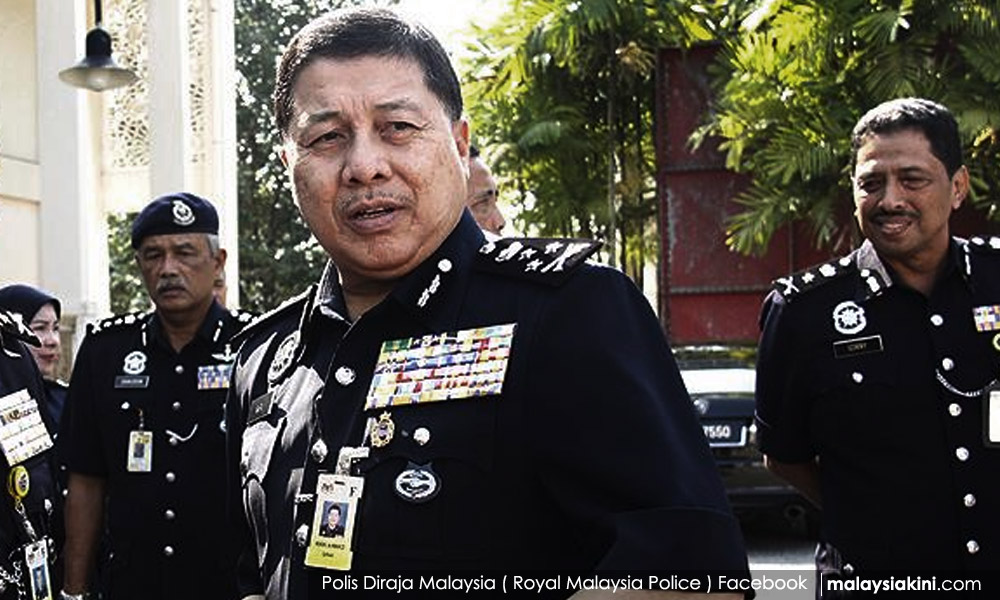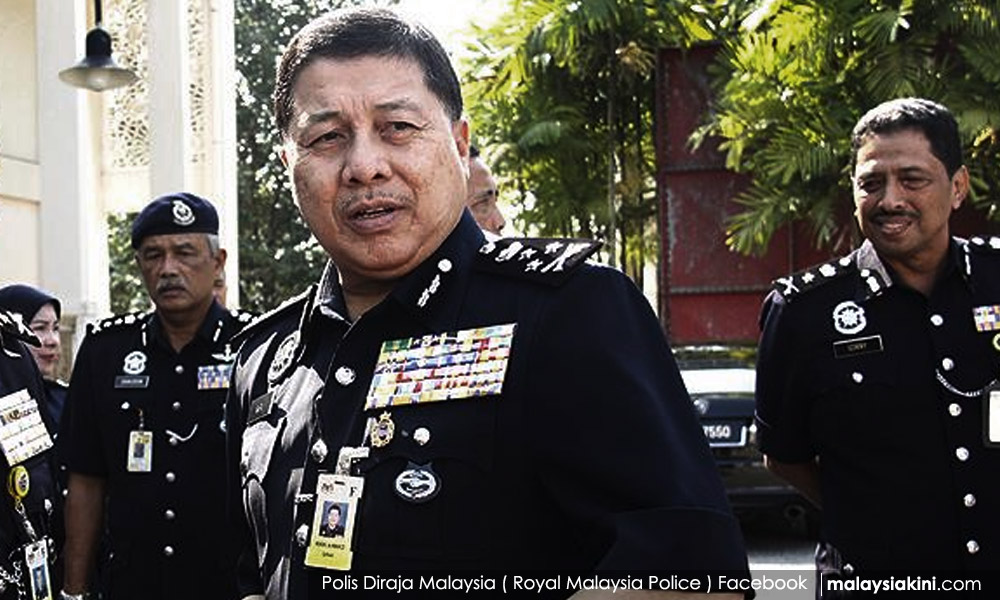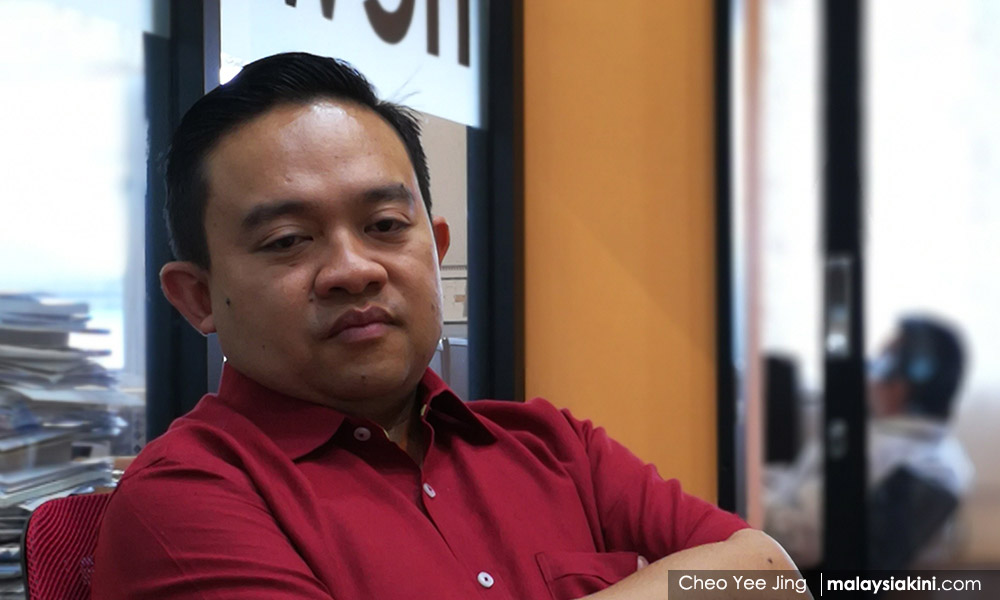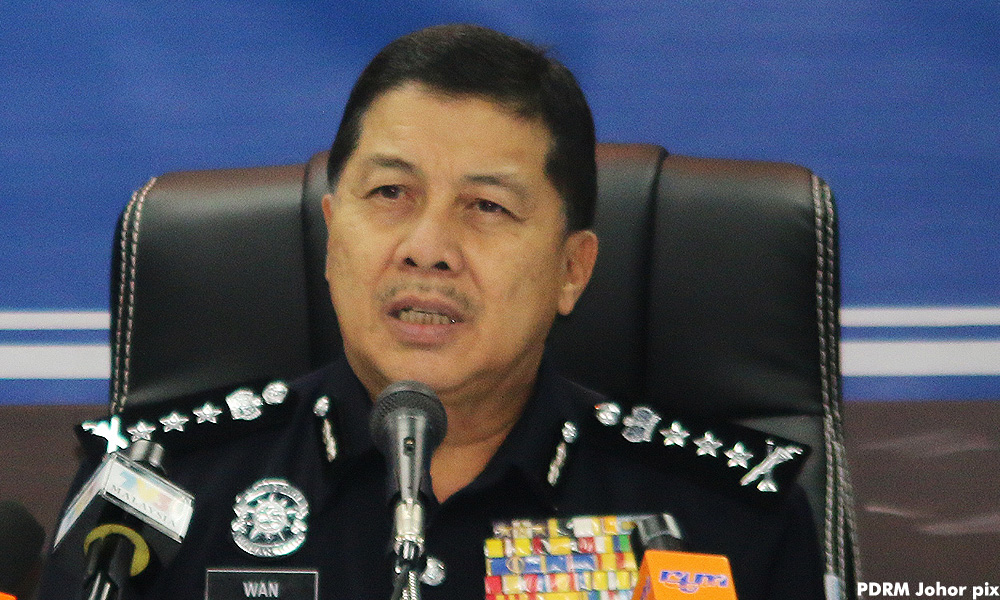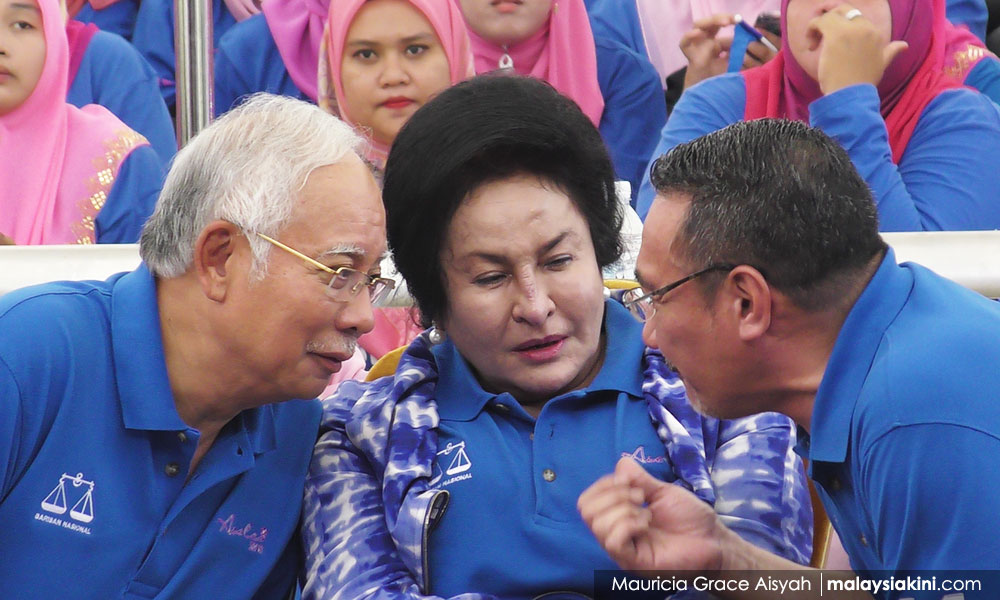-KJ John, September 8, 2013
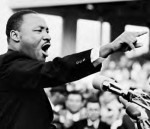 I also have a dream. Martin Luther King Jr had the original dream for the US of A from 50 years ago, which we all remembered recently together with CNN; it was the same year we also became Malaysia.
I also have a dream. Martin Luther King Jr had the original dream for the US of A from 50 years ago, which we all remembered recently together with CNN; it was the same year we also became Malaysia.
As we move into the second half century, after 50 years of nationhood; my dream is that we may yet become 1Bangsa of Malaysians. In other words, I have a dream of One Nation, One People; a nation-state made of one single class and category of Malaysian citizens; wherein the sun shines equally on every Malaysian without ethnicity, religious or cultural considerations; including all who are citizens, even if by the backdoor as we already heard from the royal commission of inquiry (RCI) in Sabah.
But, who or what is our greatest current stumbling block. I agree totally with Brother Haris Ibrahim about his premise and thesis: that it is Umno’s agenda to realise a Ketuanan Melayu nation-state which remains the most important and detrimental factor in realising our one Bangsa of Malaysians dream. Why do I say also this? Let me simply review how this misdirected but strategic intent was “evolved into what is now called the Biro Tatanegara or National Civics Bureau (BTN) by all promoters of that skewed agenda.” Some fringe groups supported by a former president of Umno today already sing the same tune today, every day.
Where did BTN and Ketuanan Melayu agenda start?
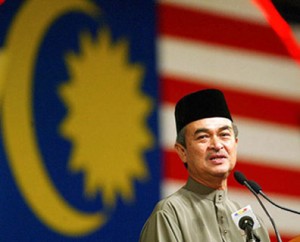 My literature search appears to lead me directly to Abdullah Ahmad Badawi (Pak Lah) when he was head of the Department of Culture, Youth, and Sports in the early 1970s, and later the secretary-general of the ministry by 1974. He was also already an Umno member from as early as 1965, which is about the same time he joined the PTD service. In 1978, he resigned from the Pegawai Tadbir Diplomatik (PTD) service and stood as Member of Parliament for the Kepala Batas constituency. He then was appointed parliamentary secretary for the Federal Territory Ministry in 1978 and by 1980 became deputy minister in the same ministry. Then in 1981 he was appointed minister in Prime Minister’s Department and served under Prime Minister Mahathir Mohamad. That appointment appears to have become the framework for the birth of the BTN.
My literature search appears to lead me directly to Abdullah Ahmad Badawi (Pak Lah) when he was head of the Department of Culture, Youth, and Sports in the early 1970s, and later the secretary-general of the ministry by 1974. He was also already an Umno member from as early as 1965, which is about the same time he joined the PTD service. In 1978, he resigned from the Pegawai Tadbir Diplomatik (PTD) service and stood as Member of Parliament for the Kepala Batas constituency. He then was appointed parliamentary secretary for the Federal Territory Ministry in 1978 and by 1980 became deputy minister in the same ministry. Then in 1981 he was appointed minister in Prime Minister’s Department and served under Prime Minister Mahathir Mohamad. That appointment appears to have become the framework for the birth of the BTN.
Wikipedia records the following about the BTN: Biro Tata Negara (National Civics Bureau, or simply BTN) is an agency of the Malaysian government in the Prime Minister’s Department. It was established in 1974 as the Youth Research Unit (Unit Penyelidikan Belia) under the Youth Ministry, but was renamed and transferred in 1981. BTN’s stated objective is to nurture the spirit of patriotism and commitment to excellence among Malaysians, and train leaders and future leaders to support the nation’s development efforts.
Do you see what I see? Pak Lah was the ministry’s secretary-general and the Youth Research Unit was in the Youth and Sports Ministry and then when he became minister in the PM’s Department (JPM), the division was then renamed and transferred to JPM when he became the minister in the PM’s Department under Mahathir. He had already served under Abdul Razak Hussein as secretary to the Majlis Gerakan Negara, Mageran or the National Operations Council which was set up to help Malaysia tide over the May 13, 1969 riots, and under Emergency law conditions. Therefore, I hereby propose that the agenda for Ketuanan Melayu was born and nurtured by the Umno team linked to the Mageran and then fostered and festered by Mahathir, the very man who was thrown out of the party by the late Tunku Abdul Rahman. It therefore appears to me that the vision and agenda to create a psychology of subservience amongst the other ethnicities began within the NOC and it grew to become the agenda for evolving a Ketuanan Melayu mindset as an after-effect of the May 1969 general election when Umno nearly lost Selangor. (1) That also explains why the new Federal Territories Ministry was formed and later was moved out of the Selangor government to become a new electoral jurisdiction.
Tanda Putera – truth versus fiction
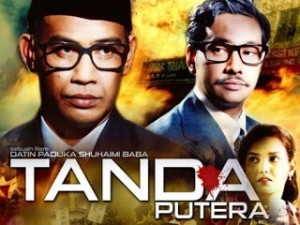 There are so many “flaws” being pointed about the movie that I am now not too open to see it any more. I enjoy watching historical movies like the life of Lincoln, which captures the struggles and translates the grand story about the life of such people. But there are two fundamental differences about all such historical narratives – they are not funded by the government and they do not toe a particular line in terms of the grand thesis.
There are so many “flaws” being pointed about the movie that I am now not too open to see it any more. I enjoy watching historical movies like the life of Lincoln, which captures the struggles and translates the grand story about the life of such people. But there are two fundamental differences about all such historical narratives – they are not funded by the government and they do not toe a particular line in terms of the grand thesis.
From what I have read of reviews; it appears like Tanda Putera is really nothing about the true and real friendship between two of our former leaders. Let me quote one true and real story to make my point. In the days of the National Operations Council chaired by the prime minister to monitor development in Malaysia, there was once a briefing by the Public Works Department (JKR) director-general about the progress of all projects under the department’s jurisdiction. At this point, all projects were under the JKR’s supervision, and none were “privatised”. After the full briefing, the late chairperson asked if enough projects were being given to the bumiputra contractors, and the JKR DG spoke in the affirmative, and then the late Dr Ismail Abdul Rahman added: “Please make sure that enough projects are also given to other credible contractors to ensure that project completions are not delayed, or simply not completed.”
at a Pusat Komunikasi Rakyat (Komas) forum on discrimination jointly hosted with a UN Expert on the subject, a Petaling Jaya City Council (MBPJ) councillor reported that within MBPJ all small projects are given to bumiputera contractors registered as class F contractors. None are given to those of other ethnicities. Is this not another form or institutionalised racism? Is it plausible that after 50 years of building a nation-state, the only group who are disenfranchised in PJ are still only the Malays?
It is my view that the Article 153, after 50 years, has been institutionally abused for the greater purpose of systemic racism under the so-called Bumiputera Policy, which even under the constitution was meant only to be limited to four arenas of application. Even so, the particular interpretation of this so-called policy in peninsular Malaysia has excluded the Sabahans and Sarawakians and especially the Orang Asli and the other multi-ethnic urban poor in urban areas. May God bless the urban poor in Malaysia with better and fairer opportunities.
1 For a comprehensive understanding and nuances of this phenomenon and related issues please read Kua Kia Soong’s well researched book called, 1May 13: Declassified Documents on the Malaysian Riots of 1969.’
KJ JOHN was in public service for 29 years. The views expressed here are his personal views and not those of any institution he is involved with. Write to him at [email protected] with any feedback or views.


